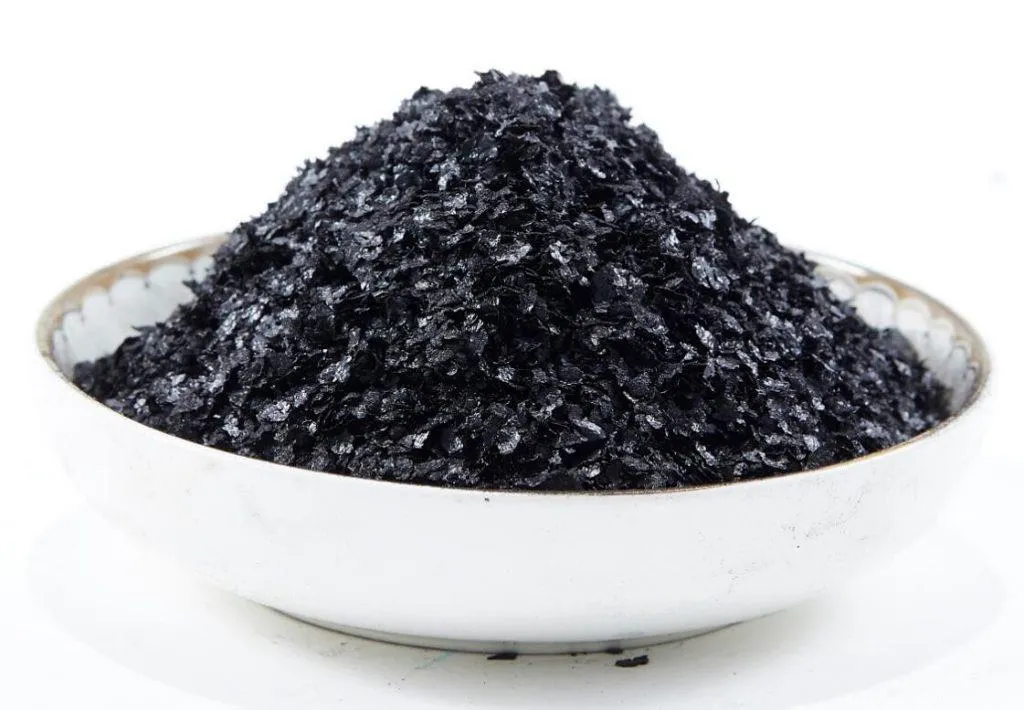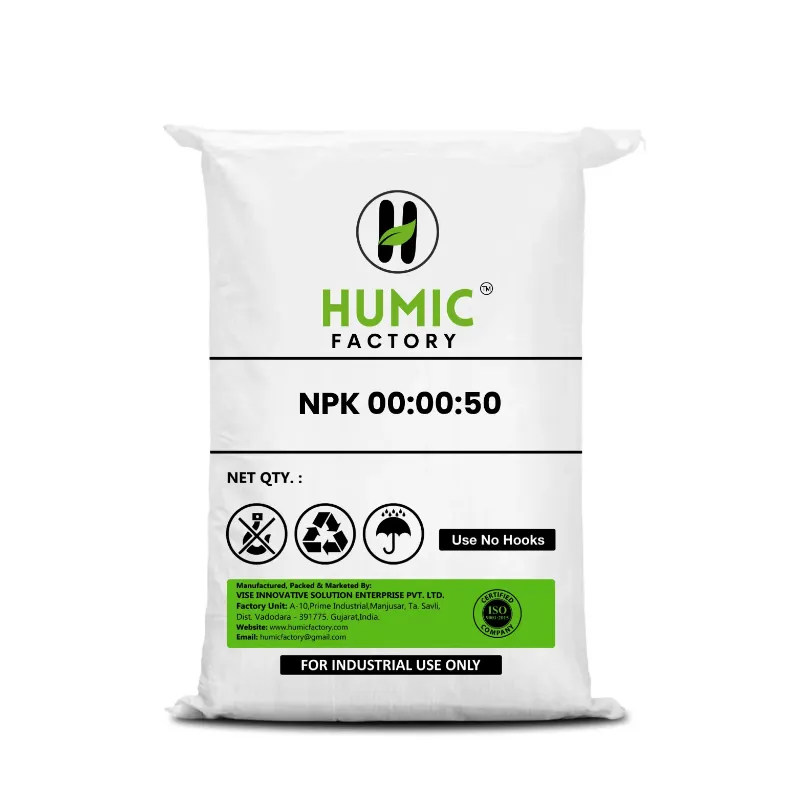Humic acid is a complex mixture of organic substances that plays a crucial role in soil health and fertility. Organic matter, a type derived from the decomposition of plant and animal materials. Constitutes a significant component of humus, the dark organic material in soil. Farmers, researchers, and experts widely acknowledge its beneficial effects on soil structure, nutrient availability, plant growth, and overall soil health.
The formation of humic acid begins with the decomposition of organic matter in soil. This decomposition process involves the activity of microorganisms such as bacteria, fungi, and actinomycetes, which break down complex organic molecules into simpler compounds. In this process, humic substances, including this product, break down organic materials such as dead plants, leaves, roots, and animal remains.
Humic acid is a complex mixture of organic molecules, primarily composed of carbon, hydrogen, oxygen, and nitrogen, along with smaller amounts of sulfur and other elements. Its chemical structure is highly heterogeneous and consists of various functional groups, including carboxylic acids, phenols, and hydroxyl groups. These functional groups contribute to the unique properties of this product, including its ability to bind to and interact with other molecules in soil.
One of the key properties of humic acid is its ability to improve soil structure. Humic acid acts as a binding agent, helping to hold soil particles together and promote the formation of stable aggregates. This enhances soil porosity, water infiltration, and aeration, which are essential for plant growth and root development. Additionally, this product can help reduce soil erosion by increasing soil stability and resistance to wind and water erosion.
Humic acid also plays a crucial role in nutrient cycling and availability in soil. It has a high cation exchange capacity (CEC). Which allows it to bind and exchange positively charged ions such as calcium, magnesium, potassium, and trace elements with the soil solution. This helps to retain nutrients in the root zone, making them more available for plant uptake. Furthermore, humic acid can chelate or complex micronutrients, making them more accessible to plants and less prone to leaching.
In addition to improving soil structure and nutrient availability, humic acid can also stimulate plant growth and enhance plant resistance to environmental stresses. It contains bioactive compounds such as phytohormones, amino acids, and vitamins, which can promote root development, increase nutrient uptake, and stimulate plant growth. Furthermore, Thid product can enhance plant tolerance to various abiotic stresses such as drought, salinity, and heavy metal toxicity by improving water and nutrient retention in the soil and activating stress-related defense mechanisms in plants.
Humic acid is naturally present in soil, where it accumulates over time as a result of organic matter decomposition. Various organic sources, including compost, manure, peat, and lignite, provide the means to obtain this product. These organic materials, rich in humic substances, can undergo processing to extract humic acid for use as a soil amendment.
Farmers commonly apply humic acid to agricultural soils as a soil conditioner. And fertilizer additive to improve soil fertility and enhance crop productivity. They can apply it in various forms, including liquid solutions, granules, and powders. And incorporate it into the soil through irrigation, fertigation, or soil incorporation. Additionally, practitioners in organic farming, horticulture, turf management. And environmental remediation use humic acid-based products to promote sustainable soil management practices and enhance ecosystem health.
In conclusion, humic acid is a complex mixture of organic substances derived from the decomposition of plant and animal materials in soil. It plays a critical role in soil health and fertility by improving soil structure, nutrient availability, and plant growth. This product is a valuable soil amendment that can be obtained from various organic sources. And applied to agricultural soils to enhance soil fertility, promote sustainable agriculture, and support ecosystem health.





